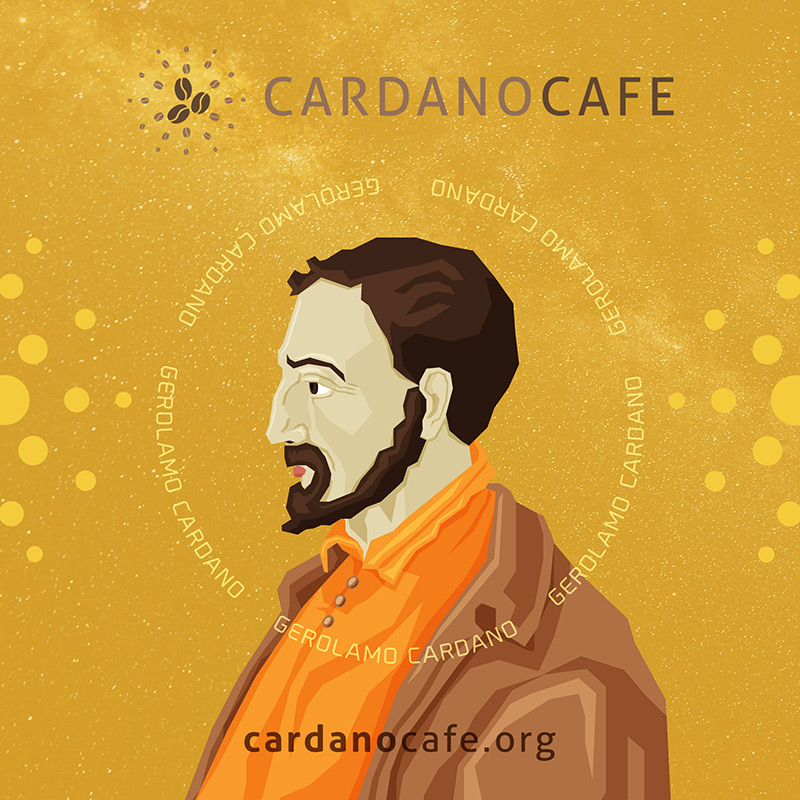
Cardano Explained
Cryptocurrencies came to life from the work of cryptography, but before there was cryptography there was steganography. Gerolamo Cardano was a proponent of steganography in its earliest form, and the inventor of the Cardan Grille. Steganography is still alive and well today, but what is it?
The Merriam Webster Dictionary defines steganography as: “the art or practice of concealing a message, image, or file within another message, image, or file.”
Gerolamo Cardano was the inventor of the Cardan Grille, or the Cardano Cypher, a cryptographic writing tool which enabled a person to use steganography to encrypt and decrypt messages hidden in unrelated text. The messages themselves were not encrypted, but they were hidden by the use of the Grille in letters, poems, or plain text to be decrypted by their colleagues or fellow conspirators. It was not very secure given that each person had to have a matching Grille, but in the Renaissance there were multiple spellings and usages, therefore it was harder to decode than it would be today.
It was a simple system that opened the door for all subsequent and more complex methods of cryptography. In a sense it is the “genesis block” of modern hashing algorithms. Remember that “cryptography” is where cryptocurrencies get their name from. The sender used a rigid piece of paper or a thin sheet of metal which had spaces cut out of it. The grille was lined for accuracy and placed upon a blank piece of paper underneath it. Individual letters or combinations of letters would be written through the spaces onto the blank paper below. Then the writer would construct an innocuous message, or text, or a letter which had no relativity to the secret message, and send the letter to the recipient. The recipient would have an identical grille which enabled the decoding of the embedded message. This method qualifies as a precursor of the symetrical key cryptographic system.
Modern steganography embeds text or images digitally within files, photos, images, and videos, but the concept remains the same. There are inexpensive software packages that enable the user to hide messages and sensitive data in seemingly harmless files called carrier files, also down as diversions. Standard encryption scrambles information whereas steganographic software can disguise information in multiple file types such as JPEG, WAV, HTML, and BMP. By using steganographic software the difficulty of revealing the data is increased because there are several steps required in order to identify the carrier files prior to getting at the encrypted information.
In the example below you can see that the secret message: “Spain sails in May to arms.”, is embedded in the friendly sentences: “Sir John regards you well and speaks again that all as rightly avails him is yours now and ever. May he atone for past delays with many charms.
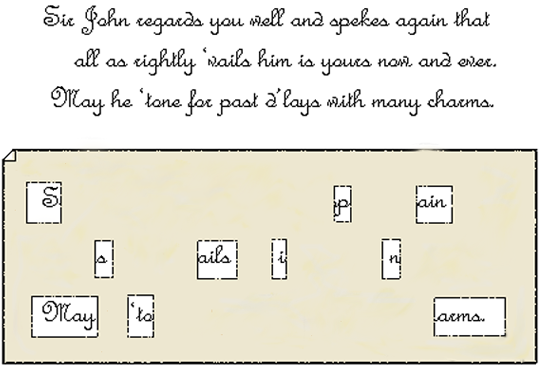
To our way of thinking, accustomed to secure hash algorithms like SHA 256, and other forms of digital cryptography, this simplistic early method of steganography seems almost too transparent. But at that time in history, public literacy was not commonplace, and there were no standard systems of spelling. It may seem a bit childish, but in the 1500’s it worked. So I am of the opinion that the Cardano ecosystem is named, “Cardano”, after our own Gerolamo, the influential mathematician and abrasive polymath who practiced steganography, the earliest form of cryptography.
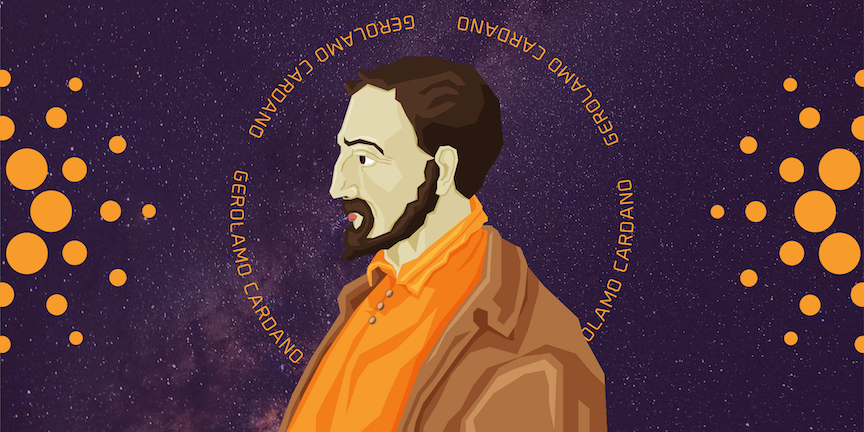
However, now we need to revisit my sentence from the first post about Gerolamo that stated he: “died in 1576, on purpose.” The explanation would be unbelievable if it weren’t true. The way it came about was that Gerolamo had cast his own horoscope when he was young and predicted that he would die at age 75. Yet in 1576, at age 75, he was very much alive and extremely irritated about it. He hated being wrong, and consequently took the extreme action of ingesting poison which, of course, killed him.
In taking that extreme action, and in so doing, taking his own life, he fulfilled his own prediction and died at age 75, being literally “dead right” about his prediction rather than being alive and “dead wrong”. I doubt a more unusual person could have been the source of the Cardano name.

|
written by: Eric Hill published at: Sep 3, 2021
|

Cardano Explained
Jan 21, 2023, by Eric Hill
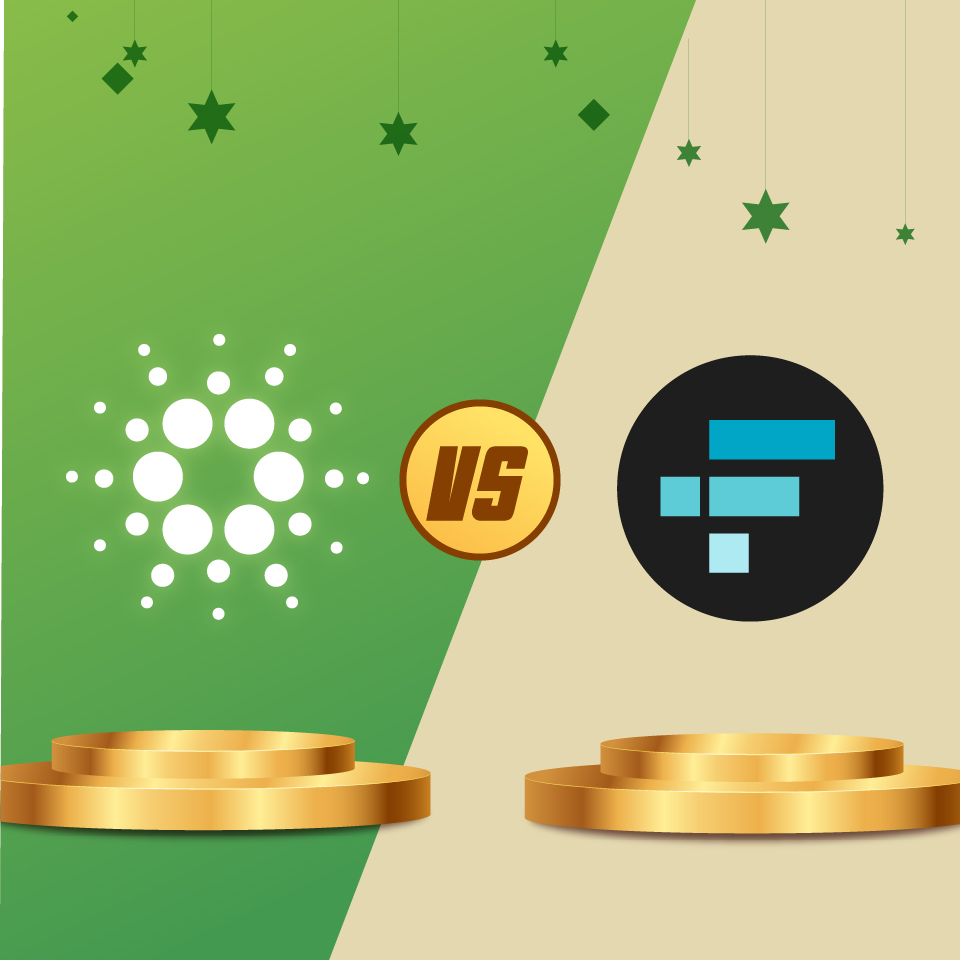
Cardano Explained
Jan 11, 2023, by Eric Hill
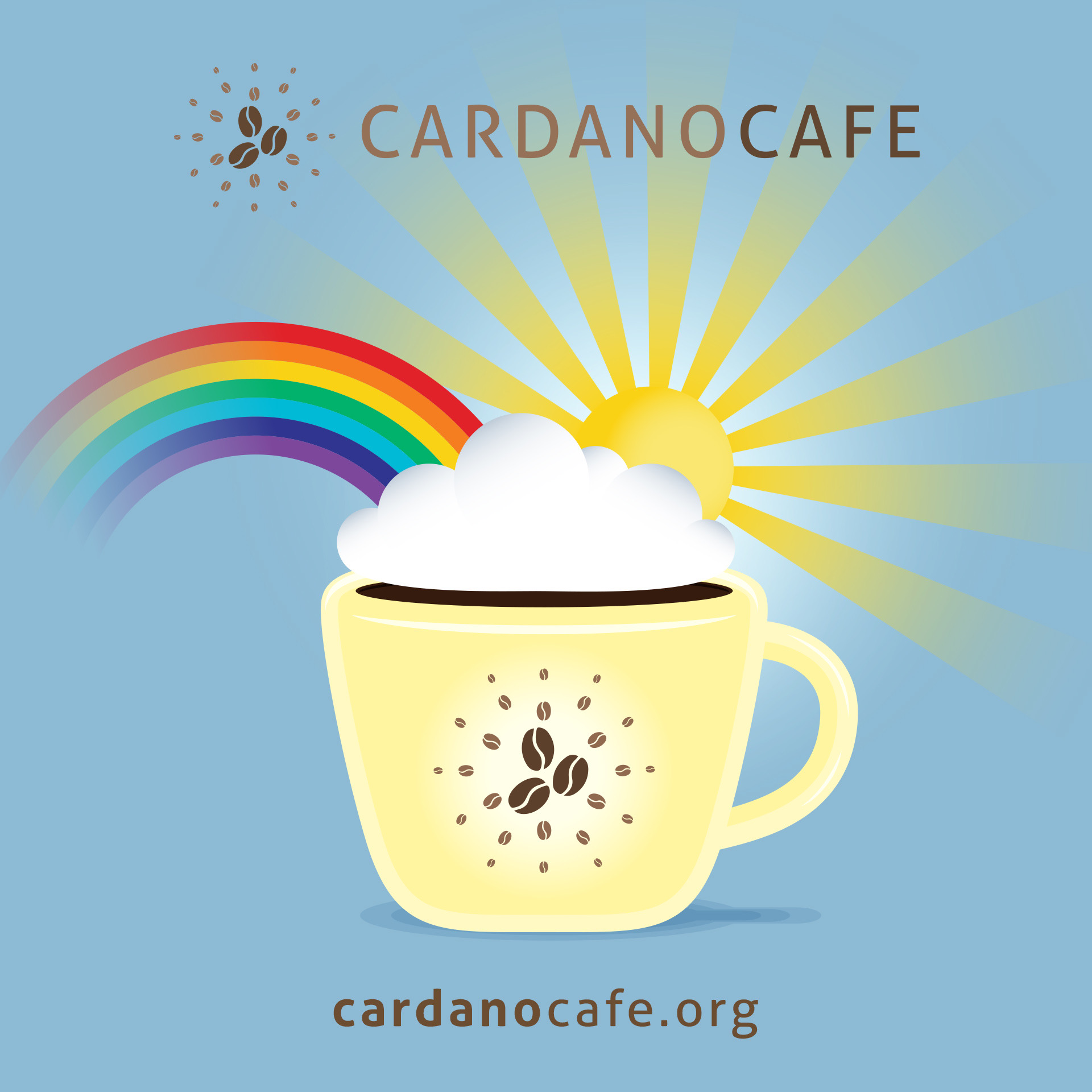
Cardano Explained
May 22, 2022, by Eric Hill
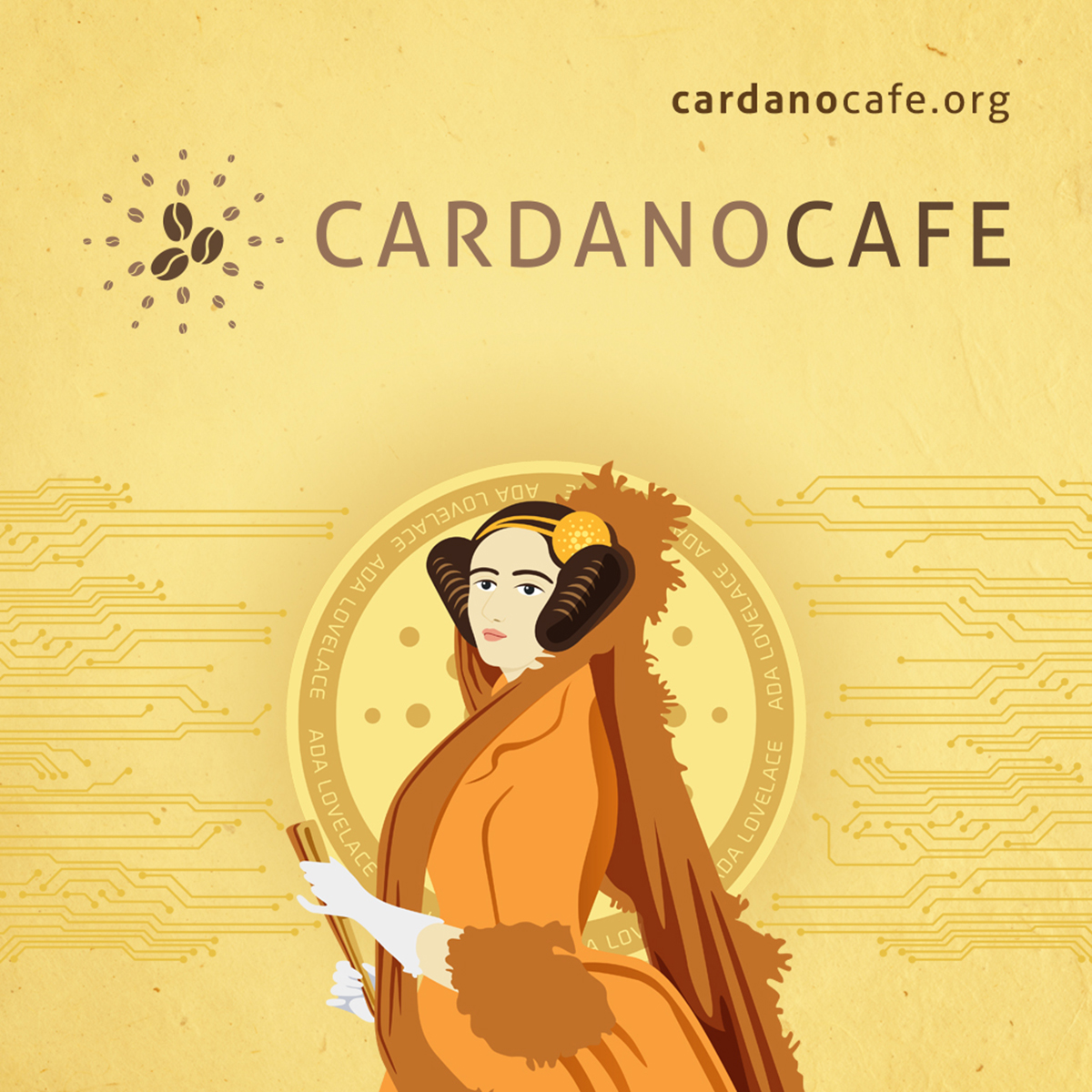
Cardano Explained
May 24, 2021, by Eric Hill
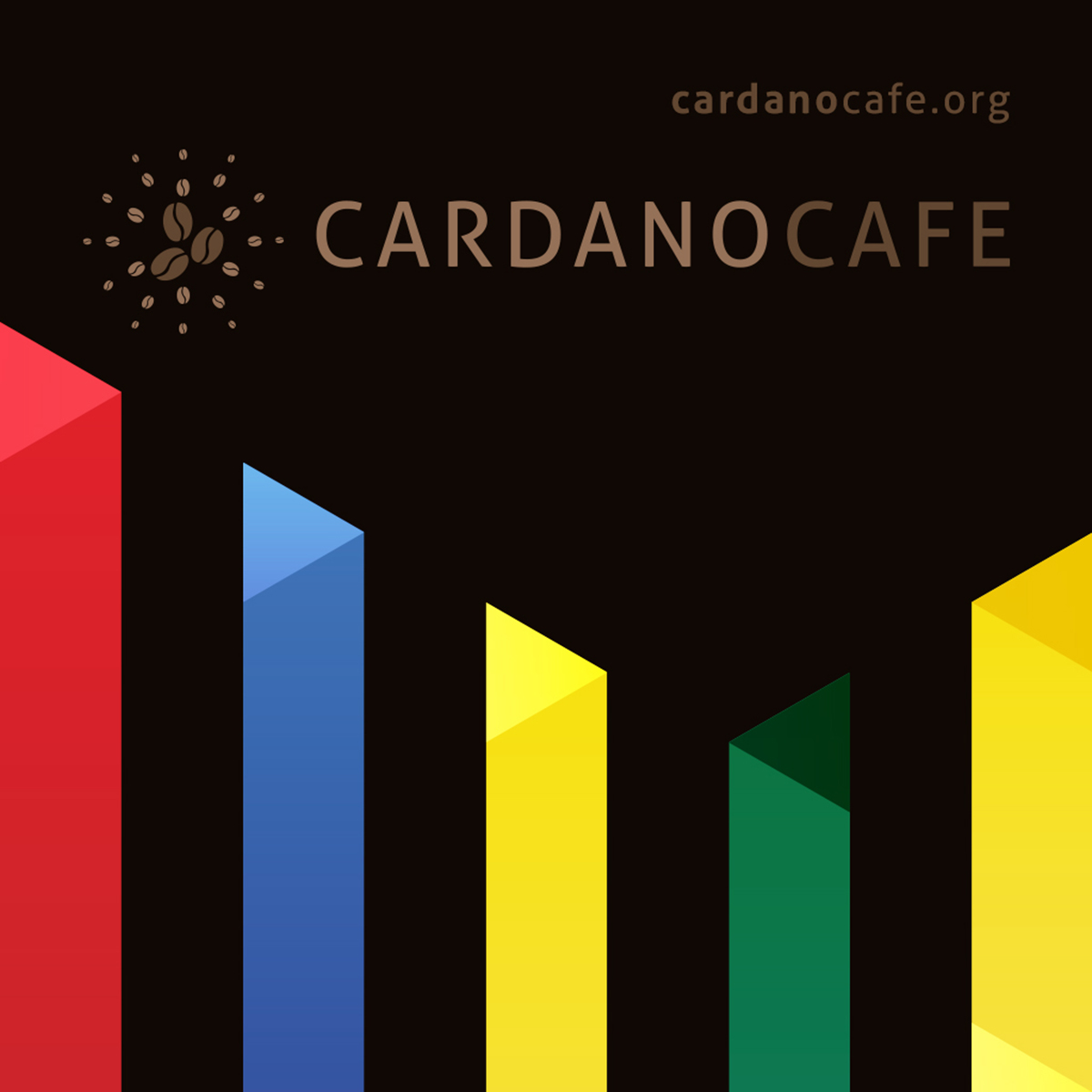
Cardano Explained
Jun 6, 2021, by Eric Hill